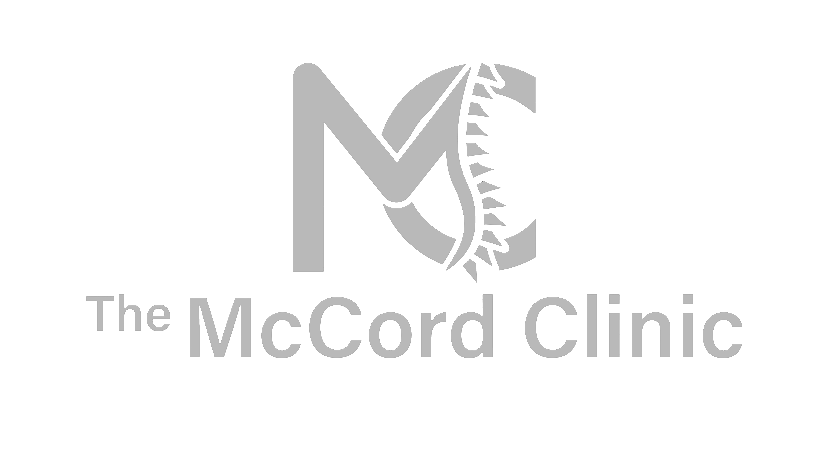Joint Pain
Joint Pain: Chiropractic Care & Treatment
Joint pain is a common and often debilitating issue that can impact people of all ages. Chiropractic care provides an alternative and holistic approach to addressing joint pain, focusing on the musculoskeletal system and natural healing. This informative page explores the world of chiropractic care for joint pain, offering insights into its principles and practices.

Understanding Joint Pain
Joint pain, also known as arthralgia, can manifest as discomfort, aching, or even sharp pain in the joints. It can affect various joints in the body, such as the knees, shoulders, hips, and wrists. Joint pain is often associated with conditions like arthritis, bursitis, or overuse injuries.
Call us now

The Role of Chiropractic Care in Managing Joint Pain
Chiropractic care recognizes the intricate relationship between the spine, nervous system, and overall health. It aims to address joint pain by identifying and treating the root causes, rather than merely alleviating symptoms with medications.
Common Joint Pain Conditions Treated with Chiropractic Care
Chiropractic care can effectively manage various joint pain conditions, including:
- Osteoarthritis: A degenerative joint disease that often affects the knees, hips, and spine.
- Rheumatoid Arthritis: An autoimmune condition that causes joint inflammation and pain.
- Bursitis and Tendonitis: Inflammation of the bursae and tendons, leading to joint pain.
- Sprains and Strains: Overuse or sudden injury can result in joint pain.
Chiropractic Assessment for Joint Pain
Chiropractors begin by conducting a comprehensive assessment, which may include:
- Medical History: Gathering information about the patient’s health and joint pain history.
- Physical Examination: Assessing joint function, range of motion, and potential misalignments.
- Diagnostic Imaging: In some cases, X-rays or MRI scans are used to identify underlying joint issues.
Chiropractic Treatment Techniques
Chiropractic treatment techniques are non-invasive and focus on natural healing. They include:
- Joint Manipulation: Manual adjustments to realign the joint and improve function.
- Soft Tissue Therapies: Techniques like massage and myofascial release to reduce muscle tension around the joint.
- Exercise and Rehabilitation: Tailored exercises to improve joint strength, flexibility, and stability.
- Lifestyle and Ergonomic Advice: Guidance on posture, ergonomics, and lifestyle changes to prevent further joint pain.
Pain Management through Chiropractic Care
Chiropractors prioritize pain management without relying on medications. They use hands-on techniques to alleviate discomfort, reduce inflammation, and promote the body’s natural healing mechanisms.
Rehabilitation and Long-Term Wellness
Recovery from joint pain often involves rehabilitation. Chiropractors work closely with patients to develop individualized rehabilitation plans, combining in-office treatments with at-home exercises and lifestyle adjustments. The goal is to restore joint functionality and prevent future pain.
Preventative Measures
Chiropractic care emphasizes preventative measures to minimize the risk of recurring joint pain. Patients receive guidance on maintaining optimal musculoskeletal health and reducing the likelihood of future joint issues.
Conclusion
Chiropractic care for joint pain offers a holistic, comprehensive approach to pain management and long-term well-being. By addressing the underlying causes of joint pain and promoting musculoskeletal health, chiropractic care can help individuals manage their discomfort, regain joint function, and work towards a pain-free future. Consulting a qualified chiropractor is advisable to create a personalized treatment plan for managing joint pain.
